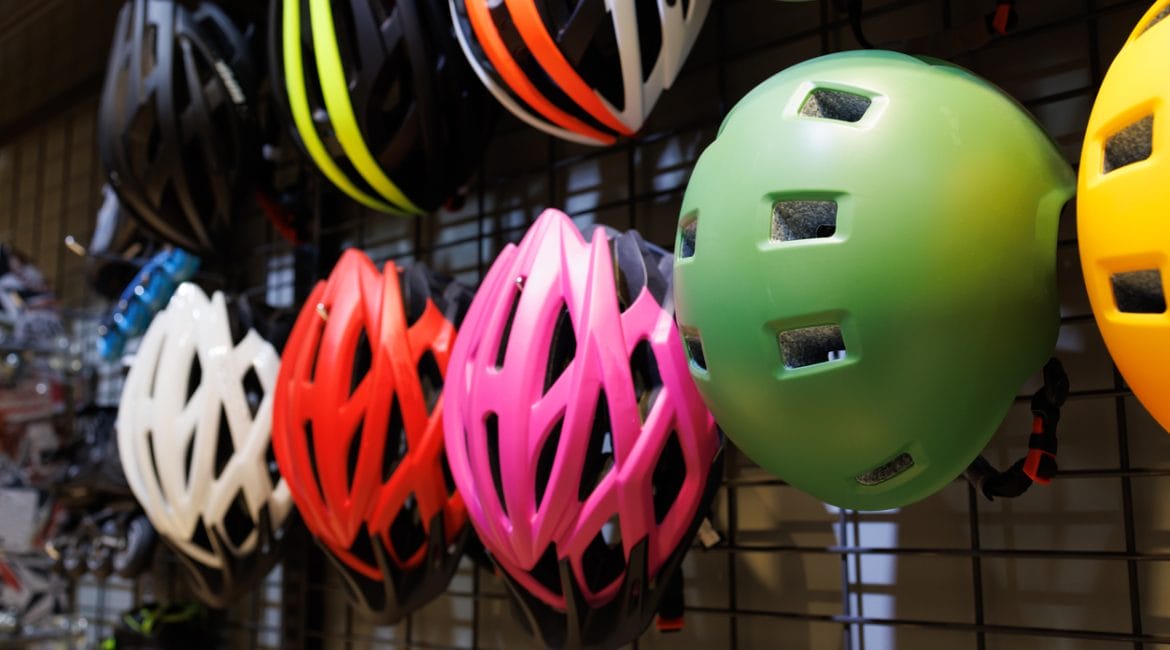Regarding cycling, a helmet is the most important accessory. You need it to protect your brain in case of a fall.
But like all things, helmets have a lifespan, and it’s essential to know when it’s time to replace them and what to do if you’ve taken a spill.
After my friend’s accident, she told me to look inside the helmet for a date. That date is when you either bought the helmet or the date that the helmet was manufactured.
The Lifespan of a Helmet
According to most manufacturers and safety organizations, the typical lifespan of a bike helmet is about three to five years. This timeline accounts for general wear-and-tear and degradation of the helmet’s materials due to UV radiation and sweat exposure.
The lifespan can vary depending on how often you use the helmet and how well you take care of it. For instance, if you ride daily and expose your helmet to the sun for extended periods, it might degrade faster than if you only use it occasionally.
When to Replace Your Helmet
Beyond the standard lifespan, there are other signs that it’s time to replace your helmet:
-
Visible Damage: If you see any cracks, dents, or other signs of damage on the helmet, it’s time to replace it. Even small fractures can significantly compromise the helmet’s integrity and its ability to protect you in a crash.
-
Wear and Tear: Check for signs of wear and tear on the straps, buckles, and padding. If these parts are worn out, they may not hold the helmet securely on your head during impact.
-
Old Technology: Helmet technology improves over time. If your helmet is several years old, it might not have the latest safety features, such as MIPS (Multi-directional Impact Protection System), which can provide better protection in certain types of crashes.
After a Fall
Obviously, check to see if you are okay. If you hit your head, make sure to get yourself checked out.
Next, inspect your helmet. If there’s any visible damage or if the helmet absorbed a significant impact, it’s time to replace it.
Even if it looks fine, some damage might not be visible to the naked eye. Most manufacturers recommend replacing a helmet after any significant impact, as it may no longer provide adequate protection.
While it might be tempting to hold onto your helmet for as long as possible, it’s crucial to prioritize safety over sentiment.
Regularly inspect your helmet for signs of wear and replace it when necessary.
And remember – after a fall, always get a new helmet, even if the old one seems okay. It’s a small price to pay for protecting your brain and your life.

